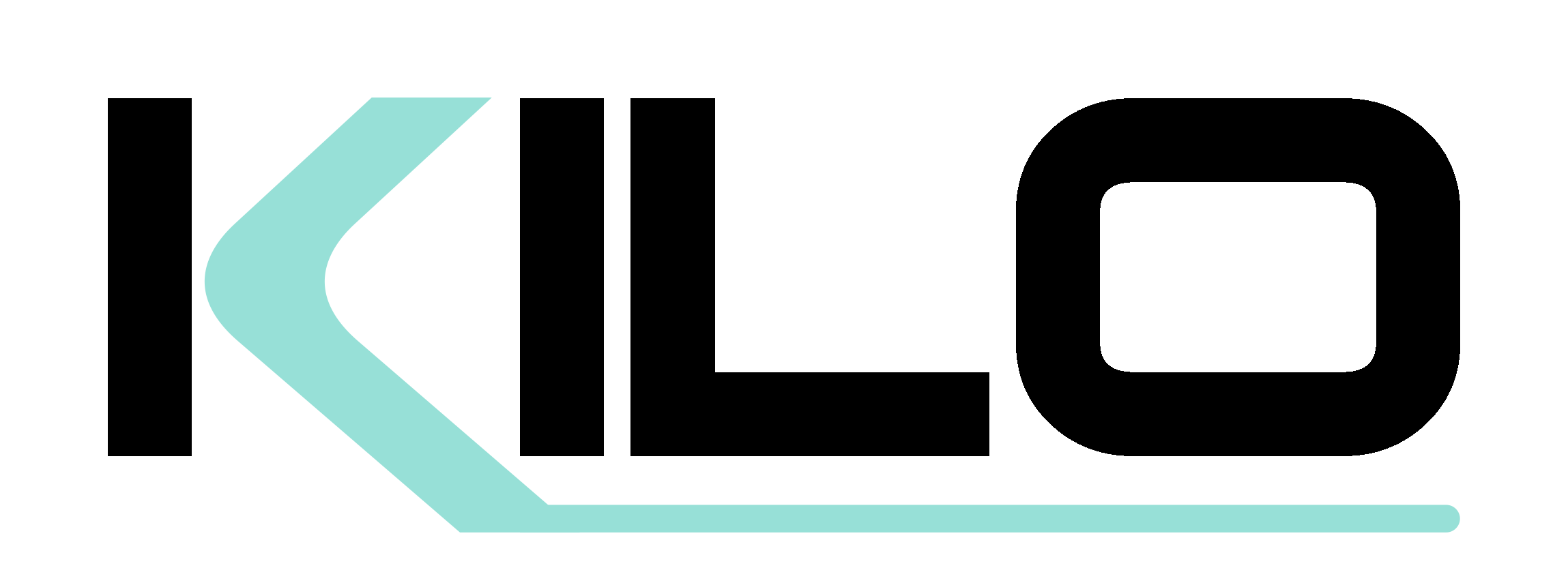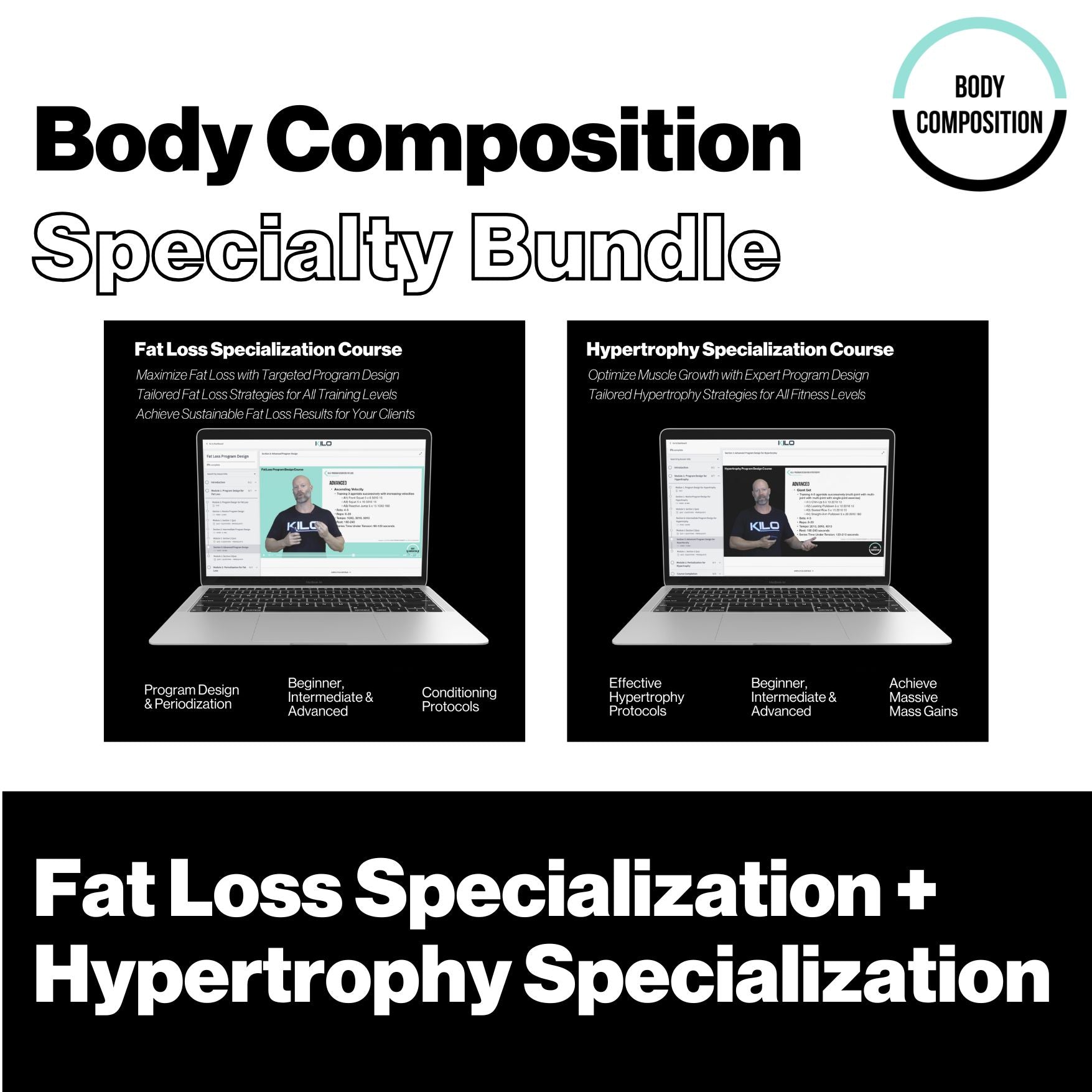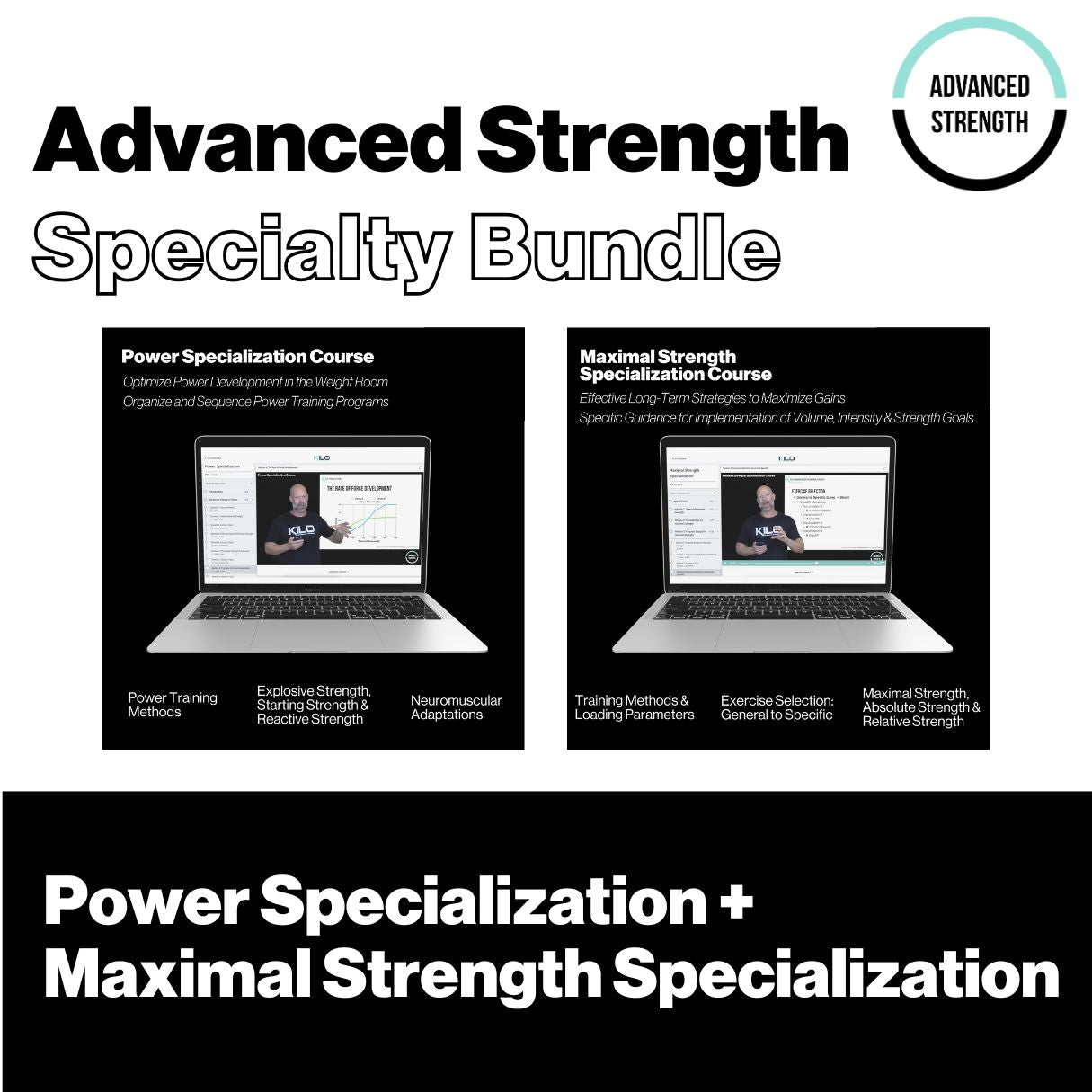Periodization is more than a calendar of sets and reps. It’s the systematic alignment of training variables to drive long-term development.
At KILO, periodization isn’t just about when to push or pull back. It’s about knowing what to emphasize, how to dose it, and when to shift focus. The real optimization happens when training methods, volumes, and intensities are matched to specific phases with clarity and intent.
This article explores the key principles that underpin an optimized periodization model, one that builds strength, resilience, and progress over time.
What Optimization Actually Means
When we talk about optimizing periodization, we’re talking about aligning each training phase with the adaptations it’s designed to produce.
That starts with better questions:
-
What is the dominant quality we’re training right now?
-
Is the current volume and intensity supporting that?
-
What methods reinforce this phase without compromising the next?
An optimized program isn’t about complexity. It’s about coherence, where every phase feeds the next.
Understanding the Phases: Accumulation and Intensification
At KILO, we organize macrocycles into clearly defined phases. A typical macrocycle runs 12 weeks and includes two Accumulation phases and two Intensification phases. Each phase lasts three weeks, though their placement within the macrocycle can vary depending on the periodization model used with the trainee.
-
Accumulation: Higher volume, moderate intensity. Aimed at increasing work capacity, muscle mass, and movement proficiency.
-
Intensification: Lower volume, higher intensity. Focused on improving neural output, force production, and expression of strength.
Both phases play distinct roles in the training process. Their value comes not only from what happens within each phase, but how they’re sequenced over time. That sequencing is what transforms periodization from a calendar into a performance strategy.
Method Selection Depends on Timing
One of the most overlooked aspects of periodization is knowing when to apply specific training methods.
The same method can either enhance or disrupt progress depending on when it’s introduced. That’s why optimization isn’t about collecting more tools, it’s about using the right one at the right time.
Examples:
-
Control-focused methods like pause work can improve positional strength when used early.
-
Load-dominant methods like heavy eccentrics make more sense after a foundation of volume and technique is built.
-
Speed-focused methods require movement quality and force capacity to already be in place.
These decisions are driven by the athlete’s readiness and the phase’s objective, not trends or novelty.
Layering: How Progress Is Built
Periodization is most effective when it’s layered, not linear.
Rather than trying to train all qualities at once, we emphasize the most relevant one for each phase while supporting the next. That creates a compounding effect:
-
Accumulation improves tissue tolerance and work capacity
-
Intensification expresses strength and integrates advanced loading
-
The next accumulation builds on a higher base
Progress isn’t forced. It’s engineered.
Avoiding Common Pitfalls
Many coaches run into roadblocks not because their training isn’t hard enough, but because it’s misaligned.
Here are three common mistakes:
-
Training too many qualities at once: This dilutes adaptation and increases recovery demands without clear direction.
-
Rotating methods without a framework: Without a system, variety becomes noise.
-
Chasing novelty over progression: Progress requires consistency before complexity.
Optimized periodization solves these by using structure to narrow focus and expand results.
How the KILO Model Approaches Optimization
At KILO, we teach coaches to think in systems, not sessions.
We build training around:
-
Clearly defined phases
-
Method selection tied to adaptation goals
-
Long-term sequencing that builds across cycles
This isn’t about copying templates. It’s about learning how to make informed decisions for any lifter, in any context.
Whether the goal is hypertrophy, maximal strength, or power, the process is the same: establish the goal, identify the best phase emphasis, and select methods that move the needle without compromising future progress.
Final Thoughts
True optimization isn’t just about more volume, harder lifts, or fancier methods. It’s about timing, structure, and clarity.
When each phase has a purpose, and every method supports that purpose, you get stronger, more resilient athletes who don’t just peak once, but keep progressing.
If you're interested in learning how to apply this in real-world settings, our KILO Periodization Course dives deep into the strategies, frameworks, and decision-making models that power high-performing training systems.
Train with systems. Coach with clarity. Progress with purpose.







Share:
Principles of Periodization: The Foundation of Long-Term Progress